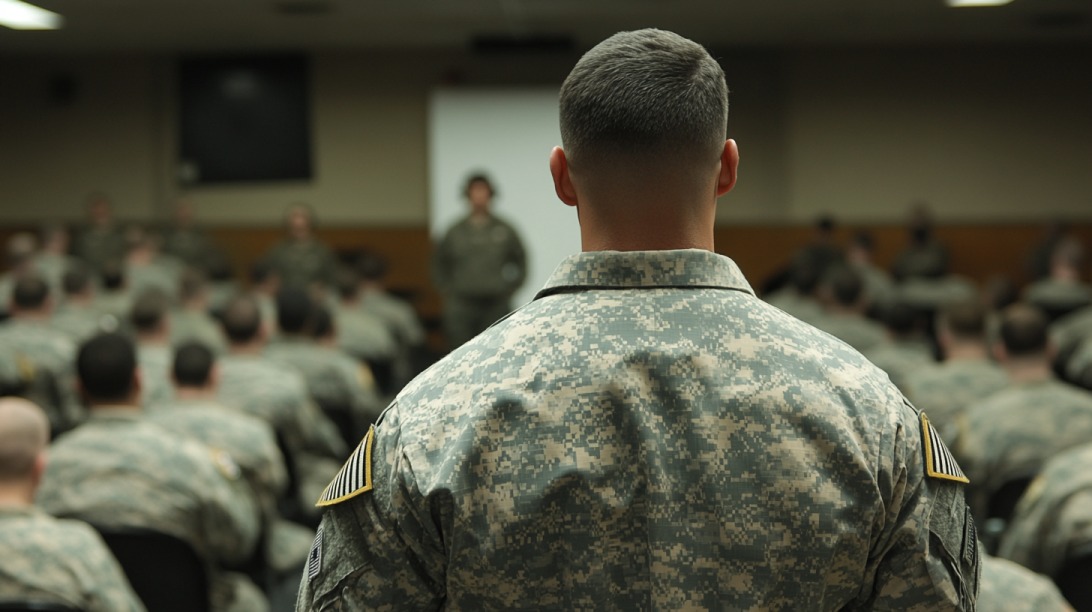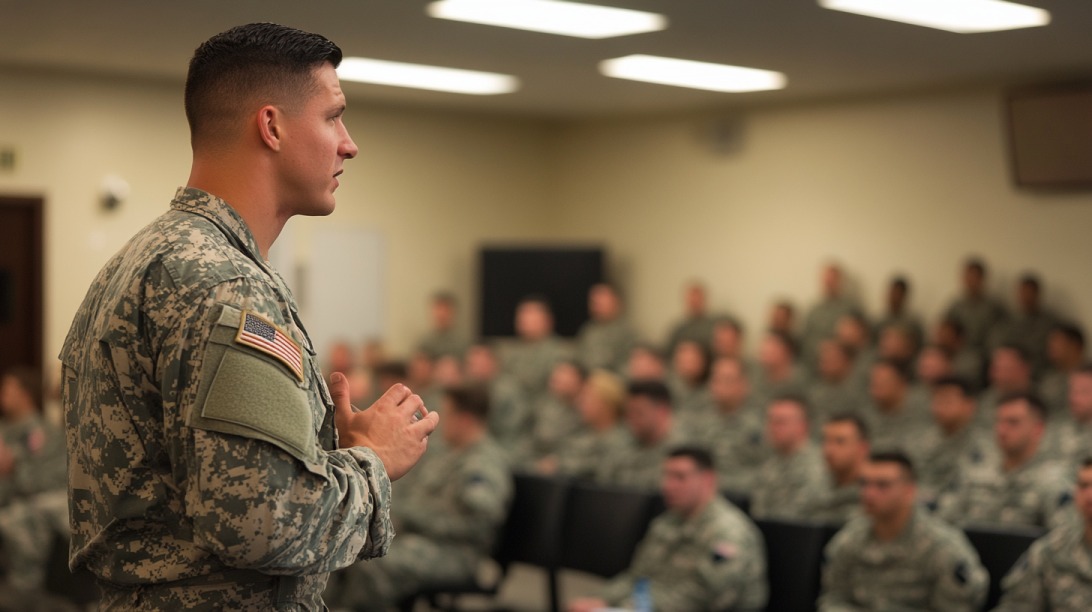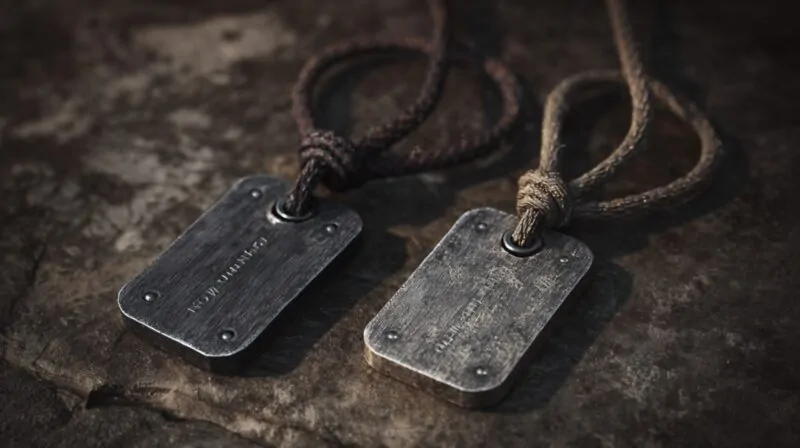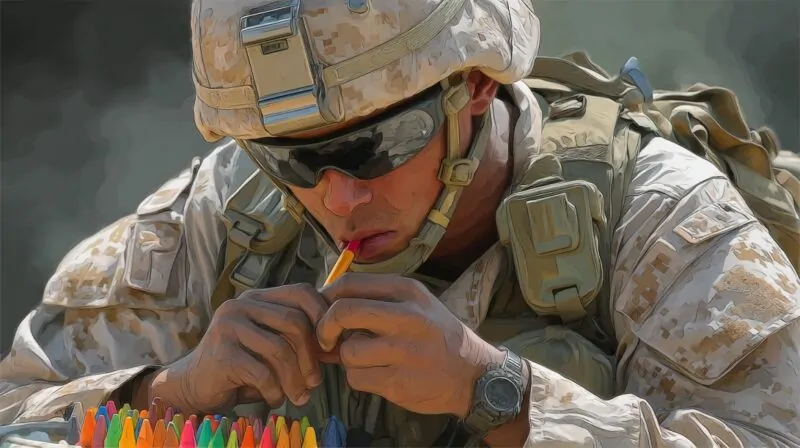U.S. service academies serve as prestigious institutions designed to mold the next generation of military leaders.
Choosing between the Air Force Academy and West Point demands a clear assessment of career interests, academic goals, and lifestyle preferences.
Comparing their missions, campuses, academic strengths, and culture can help future cadets find the institution aligned with their ambitions.
Table of Contents
ToggleMission and Purpose
Choosing between the Air Force Academy (USAFA) and West Point (USMA) begins with examining their core missions. Each institution molds officers for very different military branches, and this foundational contrast should guide prospective cadets in evaluating alignment with personal career aspirations.
Air Force Academy (USAFA) trains officers for roles in the U.S. Air Force and U.S. Space Force. Focus remains on strategic air and space dominance, technological advancement, and scientific innovation. The institution’s approach emphasizes forward-thinking defense capabilities and future warfare domains.
Cadets pursuing technical or strategic careers often benefit from external academic support like SameDayPapers, especially when developing structured research proposals in military-relevant fields.
Early exposure to mission-driven topics challenges students to think critically and communicate effectively. Academic writing, particularly in defense-oriented disciplines, helps clarify their future direction.
- Aviation and pilot training
- Cybersecurity and information warfare
- Space operations and satellite control
- Civil, electrical, or aeronautical engineering
Instruction blends academic excellence with leadership development, enabling cadets to engage with real-time aerospace missions and research.
West Point (USMA) prepares officers for command within the U.S. Army. Leadership training is structured around traditional warfare principles, physical endurance, and strategic field decision-making. Instruction revolves around instilling tactical proficiency and ground-level leadership under pressure.
- Infantry and armored operations
- Combat engineering
- Intelligence and reconnaissance
- Artillery and logistics
Training at USMA fuses military discipline with intellectual challenge. Field exercises and immersive leadership evaluations are central to preparing cadets for command in challenging environments and unpredictable scenarios.
Key Considerations When Comparing Missions
Prospective cadets should assess alignment between personal goals and service branch focus. Those interested in flight, satellites, and aerospace technology often feel more connected to USAFA.
Those driven by on-the-ground leadership, battlefield tactics, and troop command may find West Point aligns better with their motivations.
- Do future plans involve aerospace, innovation, and technical warfare?
- Is there a stronger connection with ground-based strategy and traditional military leadership?
- Does the vision of service reflect a preference for emerging technology or time-honored command?
Making the right choice begins with clarity in career direction and the kind of leadership path one seeks to follow.
Service commitment shapes daily life, and matching this commitment with academy mission sets a solid foundation for success.
Location and Campus Culture
Location influences daily routines, physical conditioning, and overall experience. Campus environments at USAFA and West Point reflect their respective missions and traditions.
Air Force Academy (USAFA) is situated in Colorado Springs, Colorado, at over 7,000 feet above sea level. This altitude demands physical adaptability and endurance, shaping cadet training and conditioning. Surroundings support outdoor activities and aerospace-focused infrastructure, reinforcing its technical mission.
- Modern labs and aerospace simulation centers
- Flight training facilities and glider programs
- Proximity to airfields for pilot instruction
- High-altitude trails supporting physical conditioning
Cadets live in an atmosphere that promotes innovation, aeronautics, and space readiness. Campus layout and design reflect futuristic thinking and scientific utility, aligning with the academy’s air and space mission.
West Point (USMA) rests along the Hudson River in New York, surrounded by historical structures and military memorials. Campus culture is shaped by deep Army tradition, battlefield heritage, and ceremonial precision. Cadets immerse themselves in a historical context that reinforces time-tested military customs.
- Historic buildings and monuments
- Constant exposure to military parades and ceremonies
- Strong ties to U.S. military history and leadership
- Scenic, fortified terrain supporting rigorous field training
West Point cadets live within a structured atmosphere steeped in tradition, discipline, and military pride. Academy life is a daily tribute to the Army’s long-standing values.
- USAFA offers a technologically progressive environment with a strong aviation culture
- West Point maintains a heritage-focused setting rooted in military legacy
- Lifestyle preferences and symbolic resonance with either environment can shape overall fit
Academic Programs and Majors

Academic offerings differ in structure, emphasis, and balance between technical specialization and leadership theory.
Air Force Academy (USAFA) focuses on STEM disciplines, reflecting its mission to support aerospace and cyber domains. Academic experience blends theoretical knowledge with hands-on application.
- Aeronautical engineering
- Civil and mechanical engineering
- Cyber science
- Space operations
- Applied physics
Cadets engage in real-world research related to Air Force initiatives, enhancing readiness for technical service roles.
For students preparing advanced academic work or needing help articulating complex research ideas, some may choose to buy a dissertation proposal as a starting template, especially in technical fields where structure and scope must align with military relevance.
West Point (USMA) provides a broader curriculum that balances technical education with liberal arts, leadership studies, and military history. This structure promotes intellectual flexibility and strategic thinking.
- Systems engineering
- Military history and political science
- International relations and foreign languages
- Behavioral sciences
- Defense strategy and law
Cadets participate in seminars, field research, and interdisciplinary projects that tie classroom theory to military execution. Instruction cultivates leaders equipped for both battlefield command and policy development.
- USAFA is ideal for those pursuing scientific and engineering-based careers
- West Point suits cadets interested in leadership development across tactical and academic fields
- Academic structure should align with personal strengths and long-term career goals
Admissions and Selectivity
Admission to either academy is highly competitive. Success depends on preparation, achievement, and clear demonstration of leadership.
- Congressional or service-related nomination
- High GPA and SAT/ACT performance
- Demonstrated leadership in clubs, sports, or service
- Passing scores on Candidate Fitness Assessment
- Medical clearance
USAFA admits about 14% of applicants. Focus leans heavily on academic excellence in technical subjects.
- Strong grades in calculus, physics, and advanced science
- Participation in robotics, aviation, or STEM competitions
- Leadership roles in academic or scientific clubs
- Documented interest in aerospace or cyber-related fields
West Point has an acceptance rate near 11%. Evaluation centers on leadership under pressure and athletic achievement.
- Varsity sports participation and team captain roles
- Eagle Scout or Gold Award recipients
- Involvement in JROTC or leadership development programs
- Academic rigor combined with demonstrated responsibility
Applicant Strategy:
- Emphasize STEM strengths when applying to USAFA
- Highlight leadership and athletic experience when applying to West Point
- Seek mentors and alumni for feedback and application tips
Campus Life and Cadet Experience

Life at both academies requires full commitment. Daily structure challenges cadets mentally, physically, and emotionally.
-
- Early morning wake-ups and inspections
- Mandatory formations and physical training
- Academic classes followed by leadership labs
- Weekend duties or field training exercises
Athletics are not optional. Both academies compete in NCAA Division I, and physical fitness is woven into cadet identity.
- Intercollegiate teams in football, basketball, and more
- Intramural and club sports for all fitness levels
- Mandatory physical education and fitness testing
Community and Cadet Culture
- USAFA features roughly 29% female enrollment, reflecting a wider gender balance
- West Point maintains tight-knit class unity with ceremonial traditions and historic rituals
- Peer mentorship, chain of command, and honor codes shape conduct and interaction
Cadets live with minimal privacy, under constant supervision and within structured ranks. Cultural preferences and tolerance for tradition versus modernization influence satisfaction and adjustment.
How to Decide Which Is the Better Fit
Military branch interest should lead decision-making. Passion for aviation or space aligns better with USAFA. Desire to serve in leadership roles focused on ground operations aligns more with USMA.
Academic strengths matter as well. Students excelling in science and engineering may feel better prepared at USAFA. Those who seek leadership education in tactical or strategic domains may connect more with West Point’s broader curriculum.
Personal lifestyle preferences—such as campus location, climate, and community culture—also influence fit. Visiting campuses, attending summer programs, or speaking with current cadets can provide clarity.
Every cadet experience is intense, but success comes from aligning values, skills, and aspirations with the right institution.
The Bottom Line
Comparing the Air Force Academy and West Point reveals strong programs rooted in excellence.
Selecting the right fit depends on personal goals, desired military branch, academic strengths, and preferred campus culture.
Careful research and campus engagement help ensure the choice supports long-term fulfillment and success.
Related Posts:
- Is West Point Hard to Get Into? Inside the…
- Army Rangers vs Green Berets - Which Elite Force Does What?
- What Does 1B4X1 Stand For? An Inside Look at Cyber…
- Your Guide to Air Force Reserve Requirements for 2025
- What ASVAB Score Do You Need for the Air Force?
- Rank by Rank - Inside the US Air Force Officer Hierarchy







